“To stream or not to stream?” Should churches consider this question for their worship services? Church streaming can be a polarizing subject. In fact, one of the main reasons why churches ultimately decide on streaming comes down to the subject of church growth. On the one hand, some believe that utilizing a real time live streaming platform will promote an increase in attendance. Others are of the opinion that live broadcasting or use of a live video platform will keep a portion of their congregation away on Sunday mornings.
Perhaps there is a better question to ask. For instance, is there is any definitive way to uncover whether or not streaming live services has anything to do with church growth, for better or for worse? We’ll attempt to tackle this overall question today.
EVERY CHURCH IS UNIQUE
Houses of worship grow or decrease in size for a wide range of reasons. Some are measurable, like the grand opening of a new building or a focused community outreach effort that spans a number of months. Other seasons of growth or decline might occur with much less clarity around the reasons why.
Even though there are many factors that cause a church to change in size, it is worth noting that every ministry is unique. Population makeup, physical climate, income levels, historical background, and the number of “competing” churches within close proximity are all just a few of the many factors that need to be taken into account when studying the subject of church growth.
Therefore, it is important that we take the time to examine the narrative of churches that engage with live video streaming solutions . This way, we can draw a conclusion on how streaming their live production has affected their attendance. Below, we’ll dive into 3 specific stories of churches that are each in different stages of maturity. The goal is to find a number of general takeaways that can relate to churches of every size, denomination, and style who are considering streaming for the first time.
MEDIASHOUT & CHURCH STREAMING
You also need to know that MediaShout has teamed up with BoxCast in order to offer a high quality, live video streaming solution. Because of that, today we’ll be diving into the stories of a few churches using Boxcast’s live streaming software and how that has affected church growth. Let’s get right to it!
#1: THE “START-UP” CHURCH STREAM
Redeemer Church in Madison, Georgia is a congregation that was recently planted with a small group of believers just a few years ago. Their growth has been quite rapid and dramatic, and their Creative Arts Director Justin Kennedy credits live video streaming as one of the primary catalysts of their increase in size.
Justin shared, “BoxCast [streaming] has taken our small church of 7 people in a driveway and helped it grow to one of the fastest growing churches in the southeast with over 1,100 in attendance.” What is it about streaming, specifically, that has helped Redeemer grow? Justin explains, “It has also made it easy for people to get a feel for what we are about and remove the fear of trying a new church.”
In my experience, the concept of fear when it comes to visiting a new church is one that is quite common, yet it is rarely spoken about in theological journals and church staff meetings. What’s exciting, however, is the thought that something like embedded video on a ministries website can help prospective visitors feel more comfortable about attending when compared to merely reading about a church online. Live video certainly is a powerful medium, and many churches who stream would likely agree with Justin’s conclusions about how streaming can foster growth in church assimilation efforts.
DIVING INTO REDEEMER’S STREAMING DATA
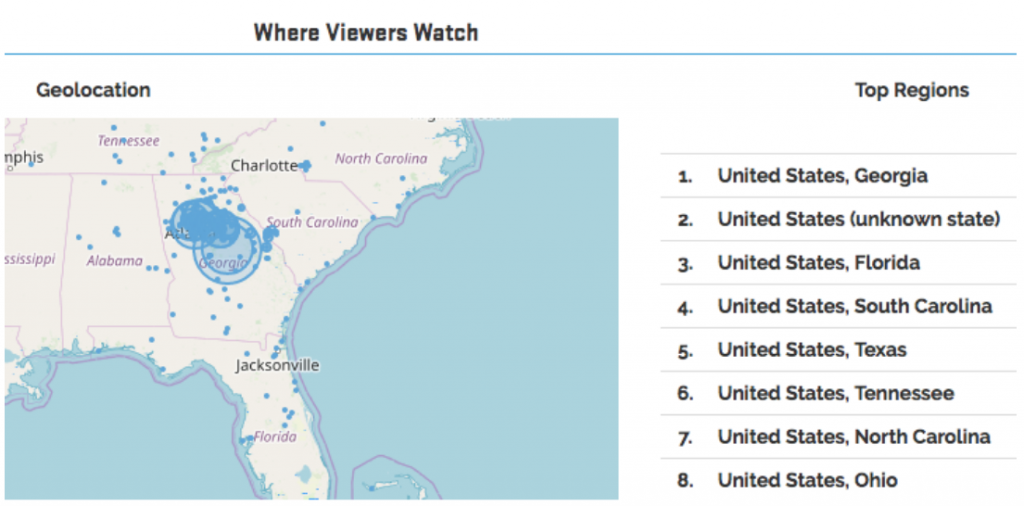
When speaking on the subject of church growth, it is important to always remember that church growth can be achieved in ways that differ from Sunday morning in-person worship attendance. We can also measure Church growth by online reach that can span from neighboring cities to countries an ocean away.
Madison, Georgia has a population of just under 4,000 people. Since adding streaming, however, Redeemer has been able to grow the reach of their church outside of their little town to surrounding states and countries. In-depth viewer maps, such as the one pictured above, shows the wide geographical impact that a small town church plant can have in our world today through a tool such as streaming.
A FINAL WORD FROM REDEEMER
“With one small device and five minutes of installation, your church can reach out literally across the globe. I cannot say enough about how BoxCast has blessed our church… BoxCast is the easiest thing we do!” – Dr. John Darsey
Even if streaming could help your church grow, it should only be implemented if it makes sense financially and operationally. Redeemer’s testimony is helpful here, showing that though their church started with a small budget with a handful of folks in a driveway, investing in live video streaming was a worthwhile cost and time investment for them. If your ministry is of a similar size with similar growth goals, perhaps streaming is something that your congregation should thoughtfully consider.
#2: THE “STEADFAST” CHURCH STREAM
Some churches are strong, steady, and faithful in serving their communities well for years. That would certainly be true of Current: A Christian Church located in the heart of Katy, Texas.
Current’s Lead Worship and Creative Arts Minister, Evan Schwartz, oversees their streaming ministry and shared what they value most about streaming: “Allowing new members to participate in our services from home before joining our community is important to us – we hope that it gives them a great idea of what to expect when they come.”
With outreach as a primary goal of their broadcasting ministry, quantitative viewership data is of paramount importance to Evan and his team. “We get about 70 people tuning in online each week,” Evan shares, “and this number keeps growing!”
DIVING INTO CURRENT’S STREAMING DATA

Taking a look at Current’s viewership analytics from the first few months of this year provides a few noteworthy takeaways that can be applied to a wide range of churches as far as church growth is concerned.
1. Viewership Growth Increases Attendance Growth Opportunity:
Though at one point in time Evan reported regularly connecting with 70 viewers each week, Current’s average viewership has grown to surpass 100 weekly viewers on a regular basis. Growth in weekly online viewership provides a wonderful opportunity for Current to meaningfully connect with more viewers in their community on a weekly basis that could very realistically turn into in-person attendees.
2. Growth Isn’t Always Linear:
Though one Sunday might register nearly 130 live viewers for Evan and his team, the following weeks’ viewership might occasionally dip back to around 70 people from time to time. As with any sort of data, we should make overall conclusions based on averages over a longer duration rather than on a week to week basis. Online engagement and viewership growth can most accurately be measured on “the whole” over time as opposed to one or two slower weeks studied in isolation.
3. Website Viewership Reigns:
Though Current did consistently register a handful of viewers each week on their social platforms, the most likely place for them to reach prospective visitors and current members was through their church website, as displayed under the label “BoxCast” in the teal coloring. Social media simulcasting is a wonderful thing, but churches focused on online outreach should keep their focus on their website’s streams.
4. Outreach Opportunity Lies in “Live”:
An overwhelming majority of Current’s online viewers preferred to tune into services while they were happening live. Though your archived streams will meaningfully connect with people, folks looking for a church will often stream services live to get a true Sunday morning feel of what it would be like to visit and be part of your congregation.
A FINAL WORD FROM CURRENT
“Streaming is all about reaching as many people as possible and is a great way to spread the gospel. A growing church is a healthy church and can be used by God to do great things. Jesus asked us to reach people, so we should do whatever it takes to make that happen.” – Evan Schwartz
Growing churches care about reaching people in every way possible. In our day and age, churches like Current look at streaming as a no-brainer opportunity that can help them meaningfully connect with new people. Whether these folks wind up watching mostly online or predominantly sitting in Current’s sanctuary on Sundays, Evan and his coworkers will happily take either opportunity to push people closer to Jesus, no matter the modality of the opportunity.
#3: THE “SEASONED” CHURCH STREAM
The Cathedral Church of Saint Peter in Saint Petersburg, Florida has been around since 1889. That’s 130 years if you’re counting. Cathedral Church is a perfect example of how a ministry that has been around for a significant amount of time can open their collective mind and get creative about how they can try new things in order to maximize the impact of their ministry within their community in the present day.
Longtime Cathedral member John DiPietro oversees their video ministry and was happy to share their uplifting live video streaming story with us.
“A few months ago, we were in the midst of gutting and re-configuring our space, as well as installing a state-of-the-art sound system. As these things often go, I was inspired to brainstorm even more ways to improve our church. Though we were equipping ourselves to put on wonderful events at the Cathedral, it pained me that they would never be recorded.”
Compelled to find a way to share Cathedral’s meaningful moments with the community, John shares, “My biggest challenge was convincing the church that this [streaming] was a priority. First I had to sell the Dean (our head priest) and Chapter (comprised of eight congregation members) on the benefits of live video streaming, but that was an easy sell.”
From that point, Cathedral started broadcasting their services online and have now been doing so for years. A data map of their average weekly viewership provides us with a compelling aspect of how seasoned churches can foster growth that’s worth reflecting upon.
DIVING INTO CATHEDRAL’S STREAMING DATA
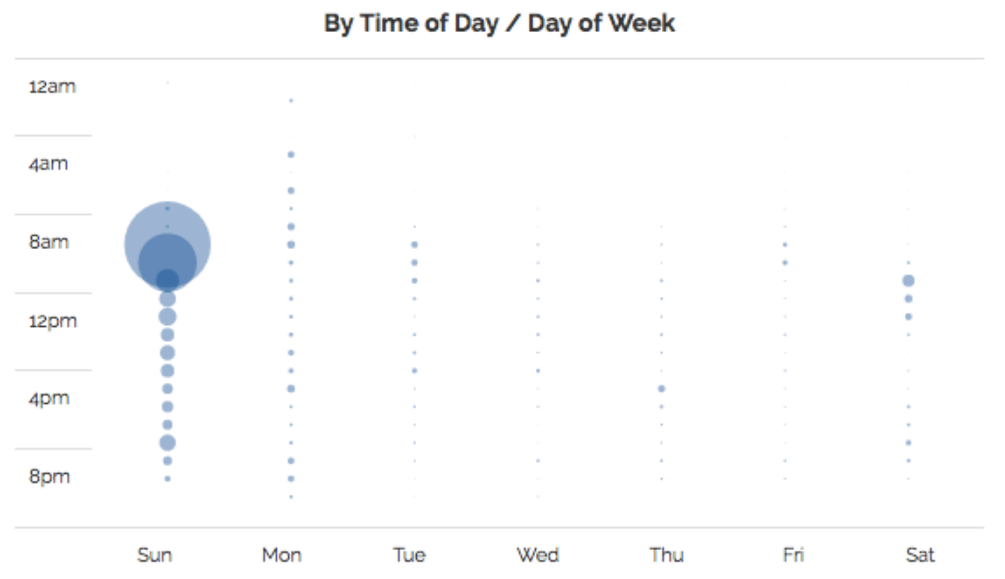
As one would likely imagine, Cathedral Church’s highest average weekly viewership occurs on Sunday mornings during their 8:00 am and 10:15 am services. What’s quite exciting, though, is that we can see Cathedral averages significant archived viewership each week on a daily basis. At a most fundamental level, what this means is that though John and his team only stream one morning a week, his ministry is touching people’s lives 7 days a week online, quite literally.
So whether your church has been around for 130 years or 130 days, Cathedral’s weekly streaming data teaches us that churches truly have an opportunity to reach people with their services 7 days a week. In other words, every day of the week, every morning, every afternoon, and every evening, people’s hearts are moved to search for the things of God online. So many homes across the world tune into Netflix and Hulu streams on a daily basis. Why not provide them an opportunity to engage with your Sunday morning ministry according to whatever time suits them best?
Doing so has obviously been worthwhile for Cathedral and has helped their church stay strong in attendance while so many other hundred-year-old churches have fallen into rapid decline in recent years.
A FINAL WORD FROM CATHEDRAL CHURCH
“Once we started, everyone agreed that streaming was incredibly valuable – and all were blown away by how simple BoxCast is to use. And the congregation is grateful beyond words.” – John DiPietro
Oftentimes, when a church successfully rolls out a live video streaming ministry like Cathedral, their congregation gets incredibly excited about it. Before you know it, faithful members begin sharing the live stream with their friends who are looking for a church or who may not even be believers.
In this way, some churches grow through live streaming because as a whole they are so united behind a vision that evangelism and live streaming go hand in hand within their community. Many newer churches would do well to learn from the passion and vibrancy of this 130-year-old ministry that’s using their live stream to grow against all odds.
FINAL REFLECTIONS ON LIVE STREAMING & CHURCH GROWTH
So is there any definitive way to uncover whether or not live streaming has anything to do with church growth or a decline in attendance? Listening to the stories of these churches and taking a look at their viewership analytics certainly propose that a clear conclusion can be made, perhaps like this:
“Churches who deeply care about reaching their communities for Christ through live video streaming are likely to experience meaningful viewer engagement with their broadcasts in a way that will likely promote measurable church growth.”
If your church is considering live video streaming for the first time, then make sure to check out MediaShout’s new live streaming solution that has been customized for churches like yourself. Thanks so much for reading and happy streaming!
About the Author:
Brett Bzdafka is a graduate of the Moody Bible Institute and Columbia International University, Brett holds his BA in Pastoral Studies and his Masters of Divinity in Ministry Leadership and has served as an Associate Pastor of Discipleship, a Professor of Old Testament and New Testament History, and currently helps churches expand their ministry reach through technology at BoxCast, the live video streaming company. Brett is a native of Cleveland, Ohio and is an avid fan of the Cleveland Browns.


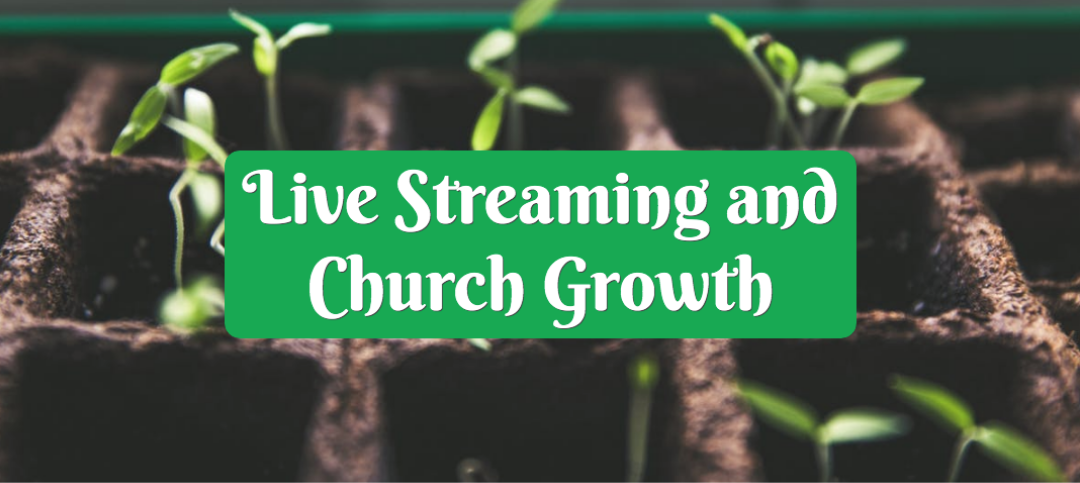







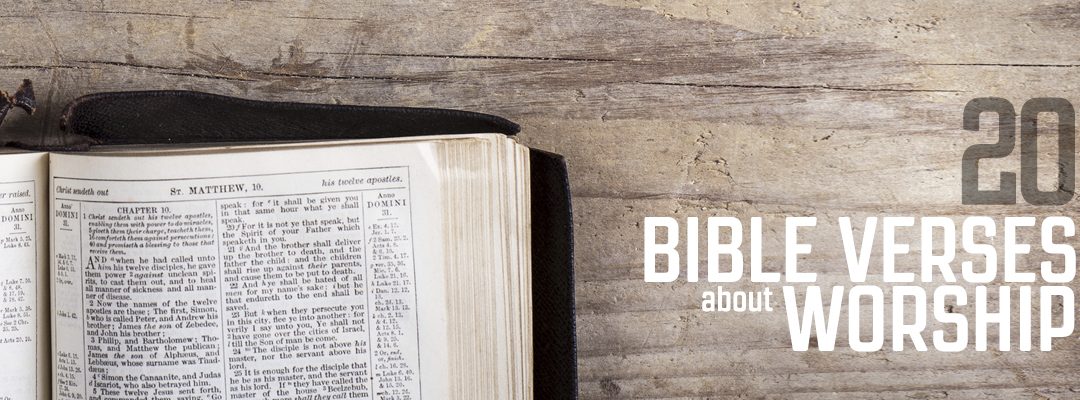
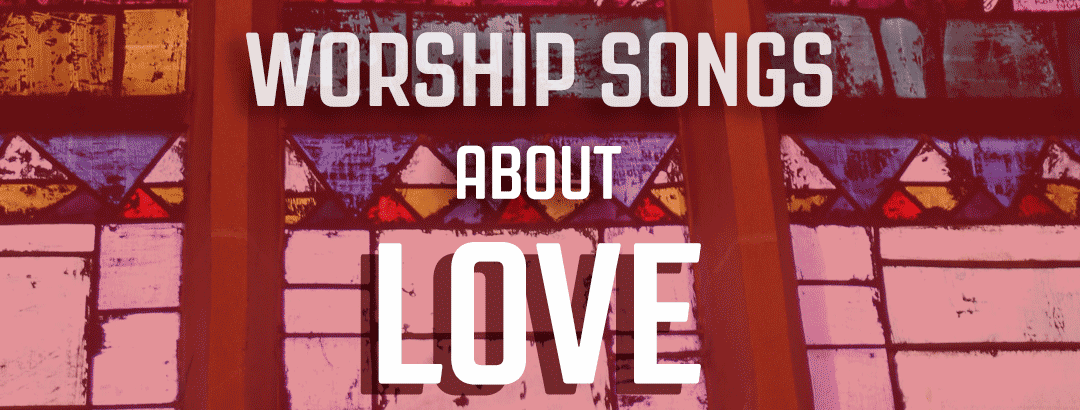


While admittedly anecdotal and relatively limited, my experience with churches that stream is that many love the idea but don’t stop to think about what it takes to properly license their music or other non-original content for streaming or archival (on-demand) playback. Churches that I have communicated with are also often resistant to changing pieces of their normal content due to a lack of accessible licensing. Technologies and devices like BoxCast make streaming very easy, of which I am very appreciative, but I believe additional emphasis needs to be made on keeping the streams legal, preferably alongside discussing the potential benefits of streaming.
Jonathan,
You are spot on around licensing. It is equally important to understand what churches can (and can’t) do legally with their live services as well as streams. We recently did an interview with Susan Fontaine Godwin of Christian Copyright Solutions where we discussed understanding copyright as it applies to your Worship Service, including streaming. You can watch that interview here: https://www.christiancopyrightsolutions.com/blog/how-churches-can-utilize-licensing-exclusive-webinar/
Additionally, we recommend that churches who consider or are streaming have conversations with their copyright license provider (like CCLI or Christian Copyright Solutions) to make sure they understand what they can and can’t do with a stream and to see if there are additional licenses that need to be purchased. We also recommend talking to your streaming provider about licensing as they can also help direct you.
One thing to state, churches can stream their message only (which is what most do) without the need for additional licenses as long as they aren’t showing any copyrighted images or videos as part of their sermon message. Only if you plan to implement copyrighted material (music, videos, images, etc.) into your stream do you need to check on licensing.
Thanks for adding your thoughts, Jonathan. I have a feeling we will be doing a post on Copyright soon (one of the things I’m passionate about).
We upgraded to MS6 not so long ago. Would we need to upgrade to MS7 to be able to stream?
I wonder how much relearning is required (again) to move from MS6 to MS7.
Michael,
Great news! You can start streaming now, no matter what software you are using. Streaming is a separate service and can be done without needing to hook up to a computer (if you are using BoxCast’s tools). Check out https://mediashout.com/boxcast for more information on this.
As for going from MS6 to MS7, you will find many of the tools to be very familiar. There is a little bit of a learning curve on a few new features (like Plug-Ins), but the general idea of the program is very similar and many of the basic editing tools will feel exactly the same. However, you don’t have to move to MS7 right now. We are still supporting MS6 and want to make sure you are using the right tool for your ministry. Feel free to let us know if you have any questions on MS6 or about upgrading to MS7.
Thanks!
And yet another article that gives pastors and counsels information with no infrastructure. “Just do streaming it only takes 5 minutes” with no thought or comment on the people, man hours, support technology and equipment required to do so correctly over long periods of time.
Hey Roland,
Thanks for your honest feedback. Streaming does take resources (not just money but man hours, too). The goal behind something like BoxCast is to make it as easy and as little resource impacting as possible for the church. We’ve discussed what it takes to do streaming correctly in another blog post (where we do cover some of these things as well as the pitfalls around that). But, I can confirm that if you already have a video ministry (or even just a video camera), you can start streaming with BoxCast in about 5 minutes. It’s a plug and play box that is controlled by a easy to use web interface. And because you can schedule everything out, you don’t have to have an operator on the BoxCast system. If you follow the link included in the article, we take you to a place where you talk to someone about your needs (not buy anything). We want you to talk to someone who knows and understands streaming and can answer all of your questions about it and give direction before you do any investing in it.
Unfortunately, we can’t cover everything about streaming in a single article (no one would want to read all of that). But that’s why we encourage users to contact experts who are there to serve the church and find out all they need before jumping into streaming with any service. Thanks and be blessed!